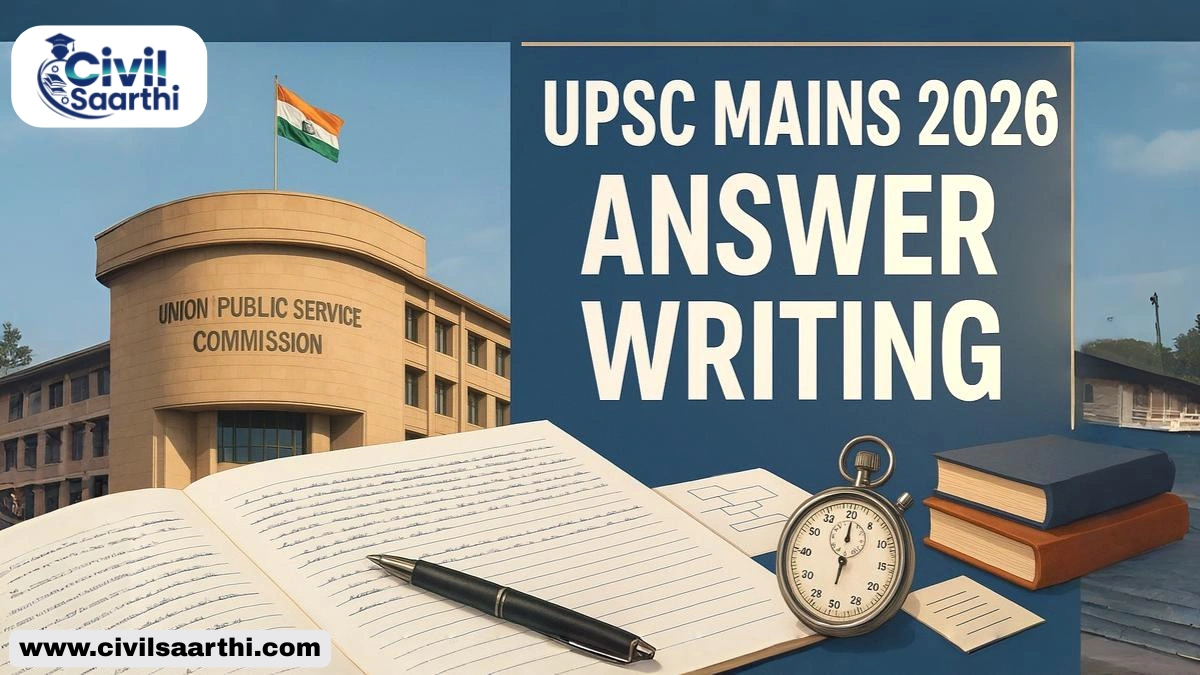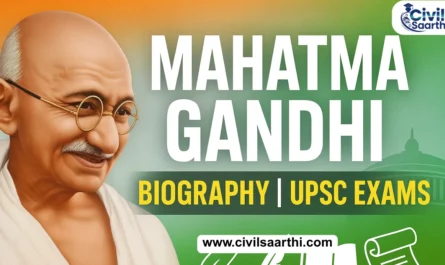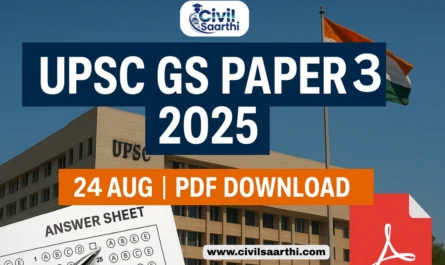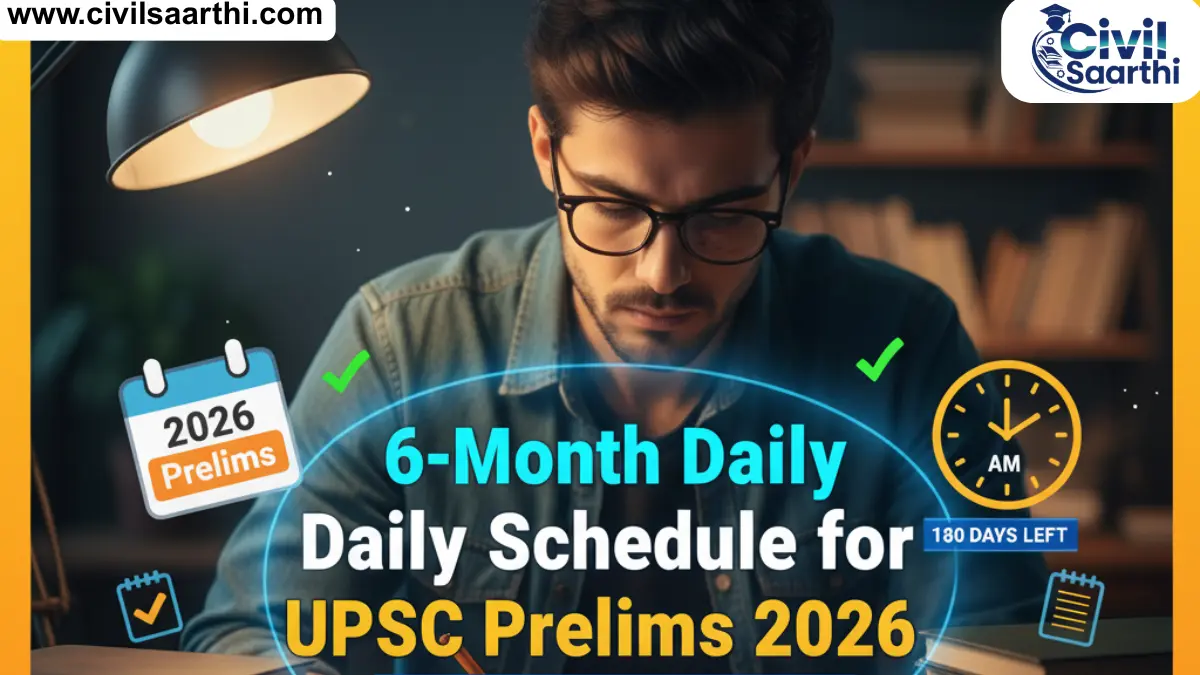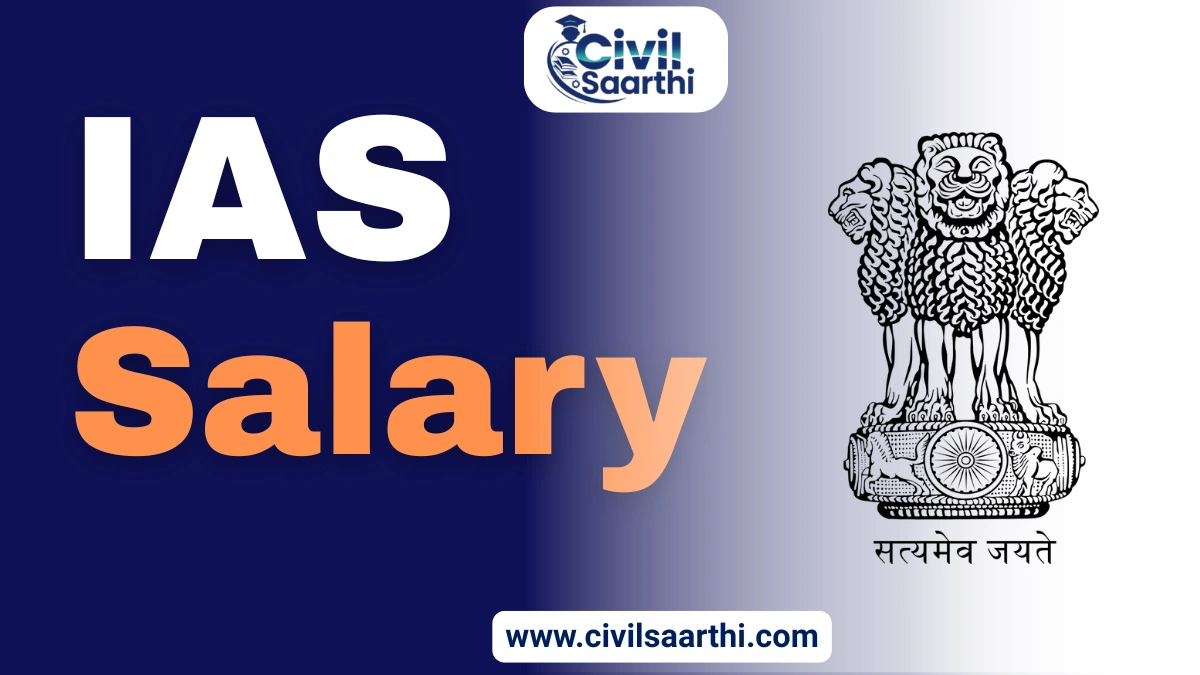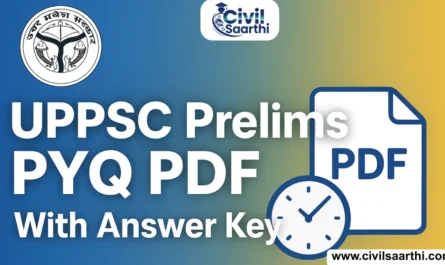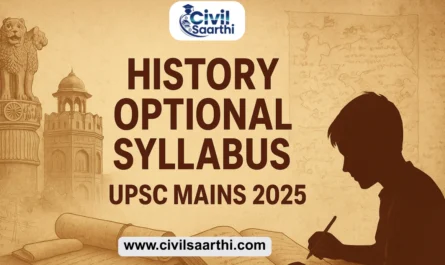The UPSC Civil Services Mains examination is not just a test of knowledge but also of articulation, clarity, and structured expression. Many aspirants possess the required knowledge but fail to convert it into marks due to weak answer-writing skills. In UPSC Mains 2026, success will depend on how effectively you can present your ideas in a structured, concise, and impactful manner within the limited time frame.
This guide provides a complete strategy on how to write answers for UPSC Mains 2026, covering structure, directives, tips, practice methods, mistakes to avoid, and paper-wise approaches.
Why Answer Writing is Crucial in UPSC Mains 2026?
Unlike Prelims, which is objective, UPSC Mains is a descriptive exam where the examiner evaluates not only your knowledge but also your ability to communicate, analyse, and present arguments.
Knowledge vs. Marks – Knowing facts alone won’t fetch marks; structured presentation converts knowledge into scores.
Competition – Each mark counts in the final merit list. Good answer writing can bridge the gap between success and failure.
Evaluation – Examiners prefer answers that are precise, well-organized, and easy to evaluate.
Key Elements of UPSC Mains Answer Writing
Before practicing, aspirants must understand what makes a good answer. These elements should be present in every response.
Content Quality – Ensure depth, accuracy, and relevance of information.
Structure – Use Introduction–Body–Conclusion format for flow.
Presentation – Write in clear handwriting with subheadings, bullets, and diagrams.
Time Management – Attempt all 20 questions within 3 hours.
Value Addition – Use quotes, examples, reports, and case studies wherever relevant.
Ideal Answer Structure – UPSC Mains 2026
Every answer should follow a structured approach. Even if your knowledge is limited, good structuring ensures better marks.
| Section | What to Include |
|---|---|
| Introduction | Define key terms, explain context, or start with a quote/statistic (2–3 lines). |
| Body | Break into sub-parts based on directives (e.g., causes, impacts, solutions). Use bullet points, diagrams, flowcharts, or case studies. |
| Conclusion | Provide a balanced summary, way forward, or constitutional/ethical principle. |
Example:
Q. Discuss the challenges of urbanization in India.
Intro – Define urbanization and cite Census data.
Body – (i) Challenges: slums, infrastructure, waste management. (ii) Case studies/examples.
Conclusion – Sustainable urban planning & Smart Cities Mission as way forward.
Directives in UPSC Mains Questions & How to Tackle Them
Directive words guide how you should frame your response. Misinterpreting them is one of the most common mistakes.
| Directive | What It Means |
|---|---|
| Discuss | Present multiple perspectives with examples. |
| Examine | Present facts + analysis, highlight implications. |
| Evaluate | Assess strengths & weaknesses, give judgment. |
| Elucidate | Explain in detail with clarity and examples. |
| Analyse | Break into components, show cause-effect. |
| Critically Examine | Present both pros & cons, then give a balanced conclusion. |
Paper-wise Strategy – UPSC Mains 2026 Answer Writing
| Paper | Approach |
|---|---|
| UPSC Mains GS 1 | Use maps for geography, timelines for history, examples from Indian society. |
| UPSC Mains GS 2 | Quote Articles, SC judgments (e.g., Kesavananda Bharati, Puttaswamy), NITI Aayog & ARC reports. |
| UPSC Mains GS 3 | Use flowcharts, stats (GDP, budget data), government schemes, case studies. |
| GS4 (Ethics) | Use real-life examples, case studies, short anecdotes. Write in paragraph form with practical solutions. |
Time Management in UPSC Mains 2026
| Task | Time Allocation |
|---|---|
| 150-word answer (10M) | 6–7 minutes (including brainstorming). |
| 250-word answer (15M) | 9 minutes. |
| Essay (1000–1200 words) | 90 minutes. |
| Entire GS Paper (250 marks) | 180 minutes = ~8.5 minutes per answer. |
General Tips for Better UPSC Mains Answer Writing
Good answers are not just about knowledge; they are about smart presentation. These tips can make your answers stand out.
Begin with keywords from the question to show relevance.
Use subheadings and bullet points for readability.
Quote data, reports, and government schemes wherever possible.
Link static topics with current affairs and recent examples.
Use quotes and thinkers in Essay, GS2, and Ethics.
Add diagrams, maps, or flowcharts in geography, economy, and environment answers.
How to Practice Answer Writing for UPSC Mains 2026
Practice is the only way to master speed, structure, and presentation. Start early and follow a phased strategy.
Initial Phase – Write 1–2 answers daily from PYQs or syllabus topics.
Mid Phase – Join a test series, attempt sectional and full-length tests.
Final Phase – Practice under exam conditions with strict time limits and self-review.
Common Mistakes to Avoid in UPSC Mains 2026 Answer Writing
Many aspirants lose marks not because of lack of knowledge, but because of avoidable mistakes in answer writing.
Writing long introductions and wasting time.
Ignoring the directive and going off-topic.
Lack of structure or logical flow in the answer.
Not adding examples, data, or case studies to support points.
Leaving questions unfinished due to poor time management.
Tips for UPSC Mains 2026 Answer Writing
These small habits can make your answers examiner-friendly and boost marks.
Complete the syllabus before intensive writing practice.
Attempt a full test series and stick to the schedule.
Study toppers’ answer copies to learn presentation style.
Use underlining/highlighters sparingly for emphasis.
Revise model answers for common topics and Ethics case studies regularly

